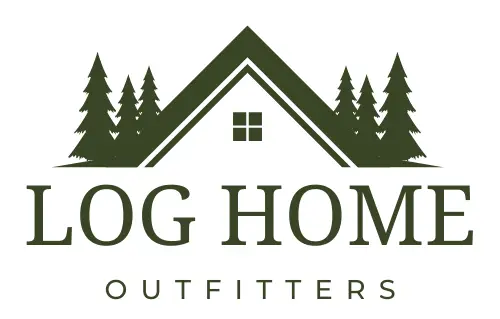Understanding Dog Health
Does your dog have lively eyes, full energy and lots of
vitality? Is your dog’s coat shiny and bright? These
visible signs of a healthy dog are pretty easy to spot.
And, as a dog owner, your role in getting your dog into
this healthy state and keeping your dog in this
condition is important.
The most basic way to keep your dog healthy is through
food. Every animal requires water and food to live.
We realize from a human standpoint the importance of a
healthy diet and how food affects our energy. These
conditions are important in a dog’s diet too or else
they encounter malnutrition. Our much-loved dogs
require a diet full of vitamins, minerals and canine
nutrients for a proper diet. Since the majority of
today’s top brand-name dog foods are complete with
these ingredients, this health requirement for our dogs
is easy to fulfill. Steer away from cheaper brands as
they often contain too much cornmeal and little
nutrition.
It is also now well known from human experience that it
is possible for animals to overeat and become obese.
This never happens in the wild – an animal that is so
out of shape that it cannot fend for itself does not
last long – in fact we only ever see obesity in humans
and in their pets. It may be something that kind
hearted owners do to their pets, thinking the dog will
be happier if it eats plenty. But they should remember
that overweight pets do not live as long as their lean
counterparts, and (like humans) they are more
susceptible to heart disease, respiratory problems,
arthritic pain and diabetes. What’s more they are more
likely to die if they have to be put under anaesthetic
for surgery (again, this applies to obese human beings
too). Feeding your dog the right food, and at the right
amount, is the first key to keeping your dog healthy.
As attentive owners there are several things we should be
on the look out for that can be seen on a dog’s fur, skin
and stools. Fleas and tics can both cause dog illnesses
so should be treated. Flea collars are not great at
treating fleas, but there are any number of good powders
and spray that will do the job – the only thing is that
you must follow the instructions exactly. If you have
had a flea problem it is vital that you thoroughly clean
all the areas where the dog hangs out – if you vacuum
carpets empty the bags outside straight afterwards, if
the dog lounges on the bedding, wash it. This is so
that you dog is not immediately re-infected from the
fleas or eggs in the carpets and fabrics around the
house.
Be careful to check your dog’s fur after a walk in the
country, since this is when they are most likely to have
picked up ticks. Finally check your dog’s stools for
evidence of worms. Roundworms, hookworms, whipworms
and tapeworms all can infest a dog’s intestinal tract,
though not all are visible to the naked eye – this is
why a regular worming schedule needs to be followed.
These few steps create a much healthier and happier dog.
Further steps like keeping veterinarian visits and
keeping your dog’s vaccinations up to date also increase
your dog’s health factor. By following these caring and
healthy steps, you are creating a fit and content dog
that is sure to live a much longer and healthier life.
ZZZZZZ
